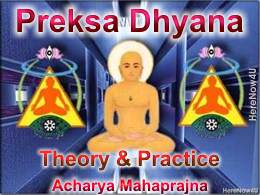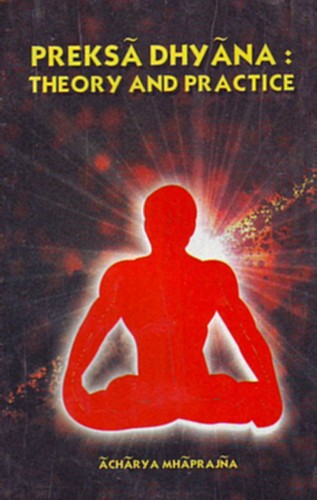
Breathing is essential for metabolic functioning of the body. It is also linked with the conscious mind. Since mind is ever restless, it is extremely difficult to steady the wandering mind directly. An efficient and easy way to control mental activity is concentrated perception of breath - svasa-preksa.
Hasty and irregular (spasmodic) breathing must first be regulated to be deep, slow, calm and rhythmic. Very slow inhalation and complete exhalation (by the use of diaphragm) is called "dirgha-svasa" - deepbreathing or diaphragmatic breathing.
Complete awareness of breathing and nothing else but breathing is the basis of svasa-preksa. Attention can be kept focused on a single point in the respiratory tract, e.g. nostrils or it can travel the entire tract during inhalation as well as exhalation. Various facets of breathing, such as movement of the diaphragm, rate of breathing and depth of breathing can conveniently become the object of svasa-preksa.
Svasa-preksa can be practised in two ways viz. dirgha-svasa and samavrtti svasa.
 Acharya Mahaprajna
Acharya Mahaprajna

